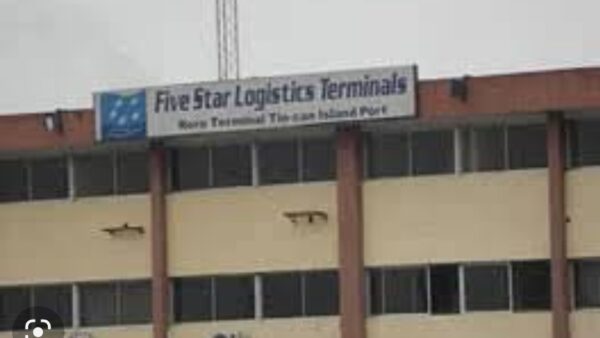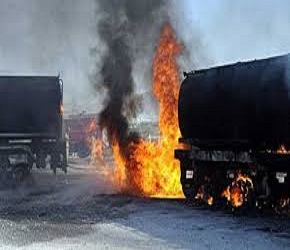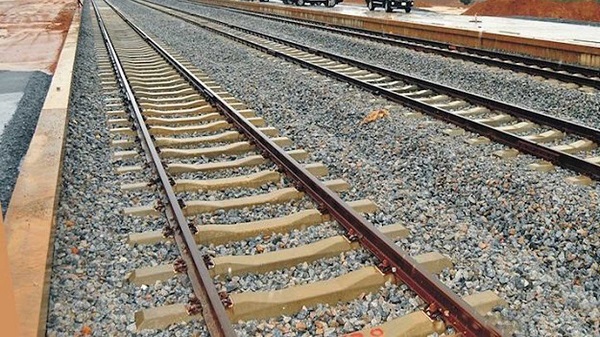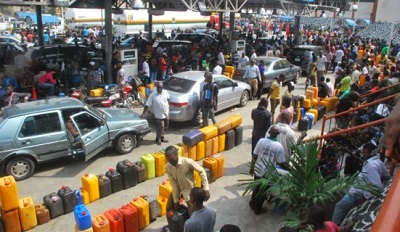Has Nigeria Wasted Resources On Maritime Surveillance?
Nigerian Navy, Nigerian Maritime Administration and Safety Agency (NIMASA) and Nigerian Ports Authority (NPA) all have maritime surveillance infrastructure that enables them monitor Nigerian territorial waters.
NPA has the Command, Control, Communication and Intelligence System (CCCIS), NIMASA has its Command, Control, Communication, Computer, and Intelligence System (C4i) Centre under the Deep Blue Project and the Nigerian Navy has the Falcon Eye system.
Despite the fact that these assets underline the nation’s commitment to put an end to terrorism and sea robbery whilst having a total surveillance of its maritime domain, experts have described the availability of three similar infrastructure as wastage of Nigeria’s scarce resources because the agencies could have collaborated to have a single asset while sharing intelligence gathered from the asset.
Meanwhile, the availability of the infrastructure to monitor the nation’s territorial waters hasn’t hidden the fact that none of the agencies has sufficient resources to speedily deploy in a bid to tackle discrepancies observed on the waters.
Speaking at the Annual General Meeting of Maritime Security Providers Association of Nigeria (MASPAN) last week, the Chief of Training Operation, Navy Headquarters, Rear Admiral Abraham Adaji opined that NIMASA should have saved the resources expended on the C4i centre since Navy already had the Falcon Eye which performs the same function.
This seemingly haphazard acquisition of similar assets was also described as a waste of resources by Commodore Daniel Atakpa while speaking in a session at the Nigeria International Maritime Summit (NIMS) recently.
On his part, the lead paper presenter at the MASPAN event, Capt. Enisuoh Warredi observed that despite the availability of the surveillance assets, maritime security agencies are yet to exploit the gains from collaborative efforts with the air force and the aviation sector especially to speedily intercept activities it has spotted via the surveillance systems.
According to him, pilots in Australia are trained to take a look at the nation’s waters as they take off or descend with the purpose of reporting any anomaly for prompt intervention of the necessary authorities.
Beyond this advantage, there is also a lacuna with regards human resources and equipment to speedy intercept illicit operations when spotted via the surveillance systems operated by Navy, NIMASA and the NPA.
Perhaps some of the monies invested in NIMASA and NPA assets could have been channeled towards acquiring assets and training personnel to attain rapid response to illegalities spotted on the surveillance systems.
While top Navy personnel have been shouting the loudest that the Falcon Eye could have played a holistic role, would they have been willing to share Intel with NIMASA, NPA and other security agencies on matters that bothers on commercial shipping?
Has Nigeria wasted resources in acquiring these three assets? Could exploring the place of collaboration and information sharing, dissipated the need for the additional assets? How much could the nation have saved? What opportunity cost would that finance have addressed in the maritime sector?









